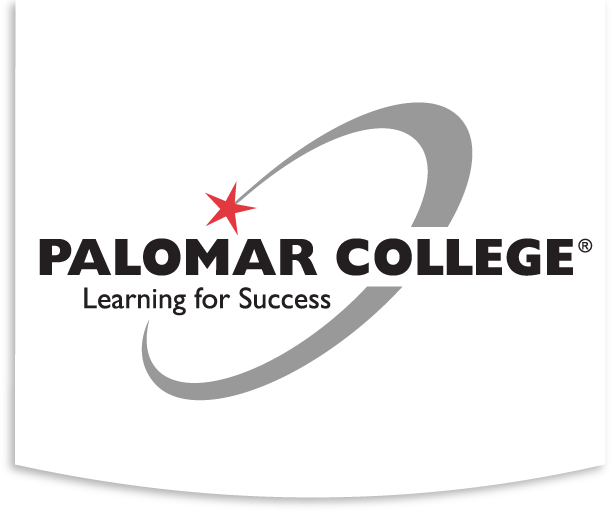California Community Care Licensing Qualifications and Ratio Information
Child Development & Education Department
- Palomar Home ›
- Child Development & Education Department ›
- Summary of Licensing Rules and Regulations
Contact Information
Child Development & Education
Palomar College, San Marcos Campus Location: MD Building, 3rd Floor 1140 W. Mission Road, San Marcos, CA 92069
Gina Wilson, M.A.
Dept. Chair Spring 2025 Associate Professor Email: gwilson2@palomar.edu Phone: (760) 744-1150, ext. 5046
Heather Pham, MSW, LCSW
Assistant Professor Email: helliottpham@palomar.edu Phone: (760) 744-1150, ext. 2682
Tanessa Sanchez, M.A.; M.Ed
Assistant Professor Email: tsanchez@palomar.edu Phone: (760) 744-1150, ext. 2867
Tessa Alvarado
Academic Department Assistant Email: talvarado@palomar.edu Phone: (760) 744-1150, ext. 2206

